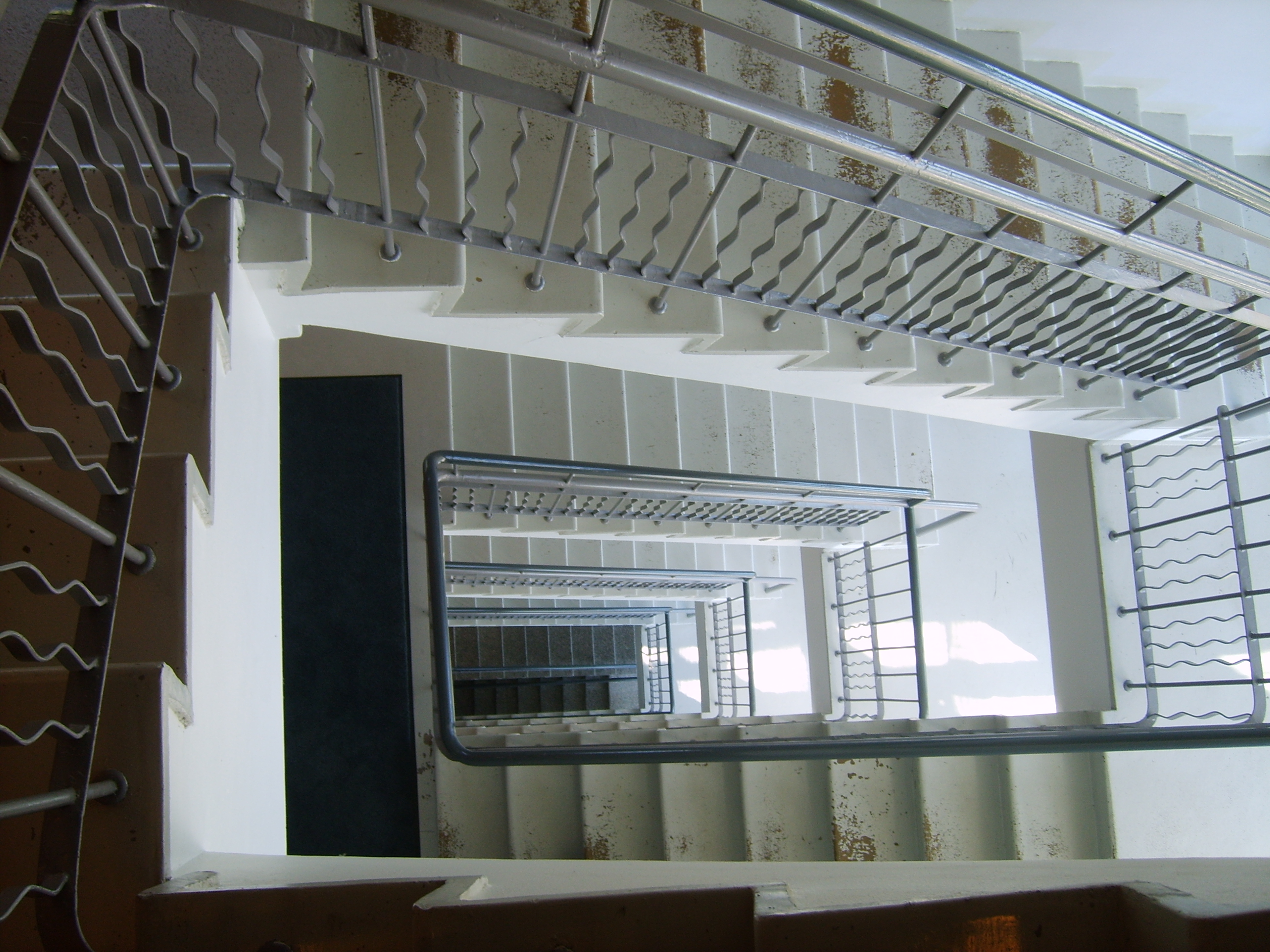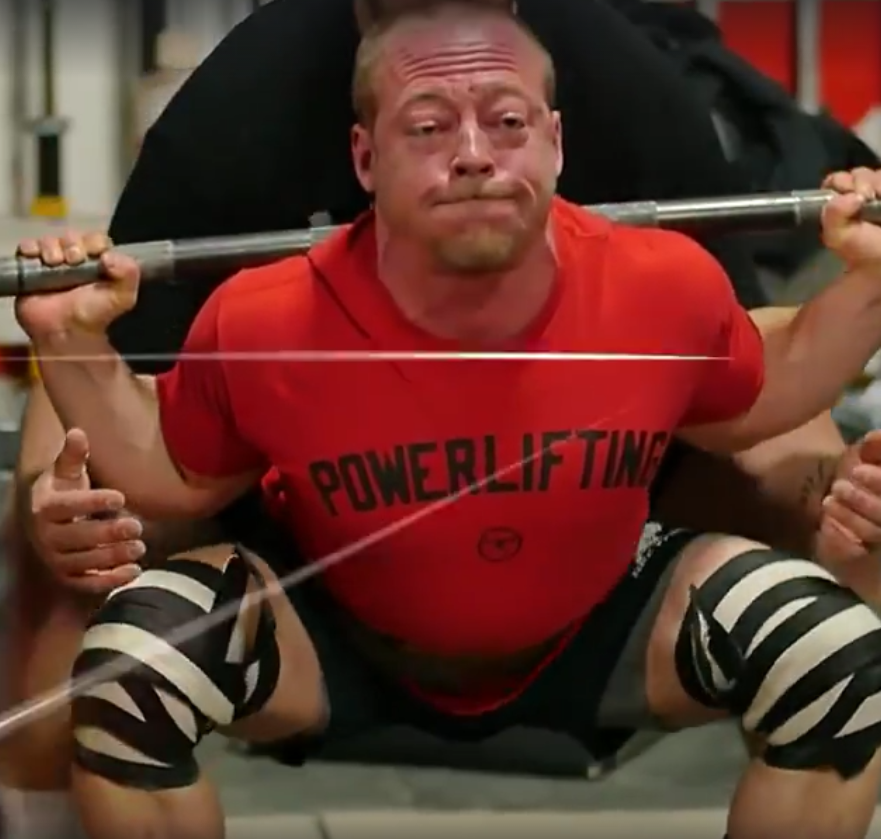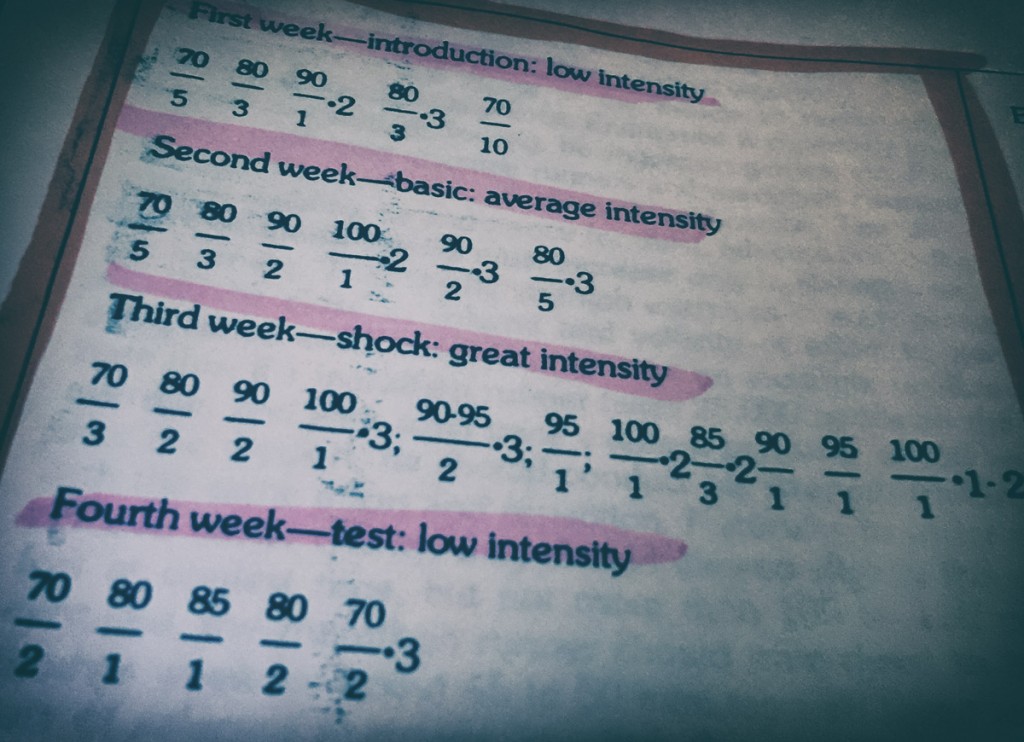
Using the scale of shit-suck-good-great.
To go from shit to suck is ONE big step because that means you've got to commit to something- which most people haven't done or are not able to do. They're not really able to go all in. They might just mess around a little but that's about it. For most this would be testing the waters, seeing if they like it or just "playing around".
To go from suck to good is a big flight of stairs because now you've got to be consistent. You need to be dedicated to what you're doing. You need to train hard. You need to train intelligently. It can't be a hobby. It has to be something that you are very serious about and willing to put in the time and effort both physically and mentally.

By Alessio Damato - Own work (I took this picture by myself), CC BY-SA 3.0, https://commons.wikimedia.org/w/index.php?curid=1032202
To go from good to great is only one small step. But it's the one step that nobody wants to take because they can't see it, it's uncertain, it's close to the edge, it's higher than most ever go, and looking down suddenly seems farther away than they thought it was.
It's being sacrificed or making the sacrifice when all your buddies are going out on Friday night but you've got to train on Saturday morning. You've got to be able to to say, "No, I've got to train the next day". It's choices like that and many, many, many more small steps that determine going from good to great. It's making all those small sacrifices that everybody else isn't willing to make because they justify their choices. I can go do this, and it's still okay. That one step - that last small one is called "truly believing in yourself." Not faking it or pretending you can do it but knowing that no matter the outcome you will still come out a better person.
This is about discipline, sacrifice, and what you are willing to do to go to that next step. Programming wise, if you're already good, you've already kind of figured it out. Once you are at the level of commitment where you're going to accept no other option than to be great, you will be just that because you're not going to accept anything less.
When you are at that level (I'll define that as being in the top twenty percent of whatever you're doing), what things need to be done? If you're an elite lifter and you want to become even better a lot of that falls back to a lot of the same things that need to be focused on as a beginner.
The technique has to constantly be dead on. The one thing you'll see with an elite or a pro lifter is that if you watch their technique, the only time it will ever break down is if the weight is too heavy and it forces them out of their groove. If you watch them in the warm up room, every single repetition looks the same- over and over and over and over. When I'm watching videos of lifters, the first thing I'll look at is the consistency. Do all three lifts look exactly the same? If they don't, which one looks the best? Then you look at that, and you compare what went wrong in those other two. The technique is going to be a huge factor there.
That's still not saying that you're going to be the best of the best because too many other factors are at play such as genetics, skill set, work ethic, pain tolerance, ability to overcome adversity, adaptation, and recovery - but it will make you the best you can possibly be.
Probably better than you ever thought you could be.
The programming doesn't change, but you get more from the programming by putting more into it with those other aspects.
If the programming does change, it's going to change because you know what needs to change. There becomes a point in time with every advanced lifter, and probably every exceptional athlete as far as that goes, to where they have almost mastered how to train themselves. They'll know through their own training at what point they need to back it down and at what point they can drive harder. If the program says they need to do eighty-five percent for a triple, and they're warming up they know this is the day they could probably push it a little bit more, they know to push it a little bit more. If they're warming up and they know it's not there, they know to back it down. They become more in sync and more in tune. I call it auto-regulated. With their training, they're audible ready. They know how to make those calls during their training from rep to rep, set to set, session to session. This is not based on a week to week feel but day to day, hour to hour, exercise to exercise, set to set and rep to rep. Everything needs to become self-regulated. Many reading this already do it now, they just don't know it.
Those serious about strength development should be aware of the basics of periodization from linear, non-linear, undulating, block, concurrent, and even HIT models. Just because you don't use it doesn't mean there are not things within each you can use. I have my bias on what I feel is best but have lost count of how many times I have helped and guided people on other models because of reasons outside the scope of this post. If you can't detail exactly why your style of programming is wrong, then you don't understand how to train people or set up programs. You should be able to debate why your program is the best of them all - and 10 minutes later detail why it sucks the most.













